A Trip to the Indian Automotive Past curated by Gedee Car Museum
Images: Paranjay Dutt
The Indian automotive industry might not be the biggest yet but it’s definitely been on the global automotive map long enough to be taken seriously. For the younger readers, it might be something as recent as the Tata Nano which registers as an important achievement, whereas those who’ve witnessed the Indian car scene for longer would most definitely have many more memorable moments.
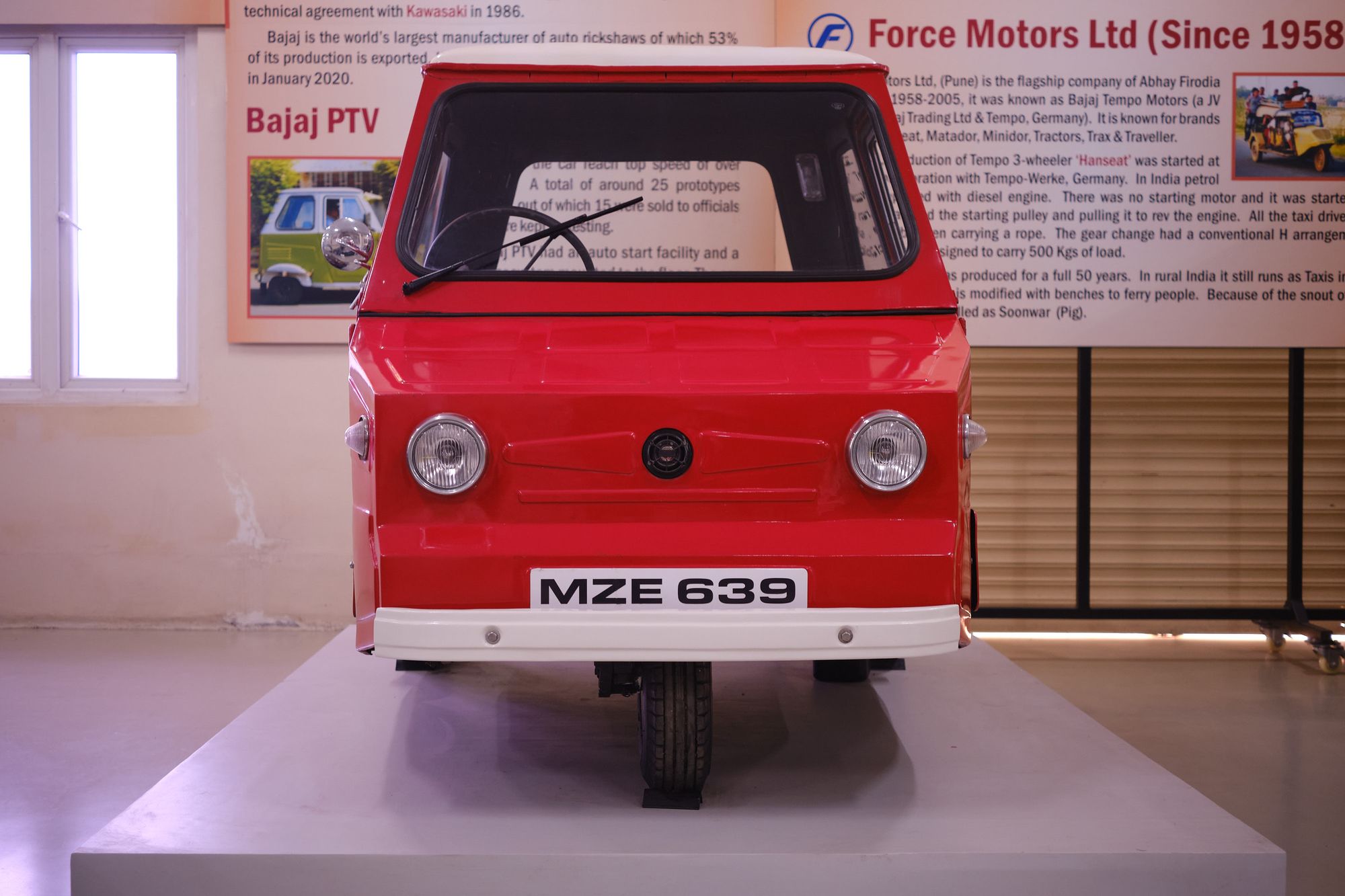
Like the accelerated influx of many a global carmaker post liberalisation or even the resurgence of domestic players with their indigenously developed cars, that could—and would—take on global products quite successfully. But there’s also the licence-produced cars from the pre-foreign-investment days, like the Premiers, Hindustans, and Standards, to name a few. There’s a lot to take in, but where does one begin?
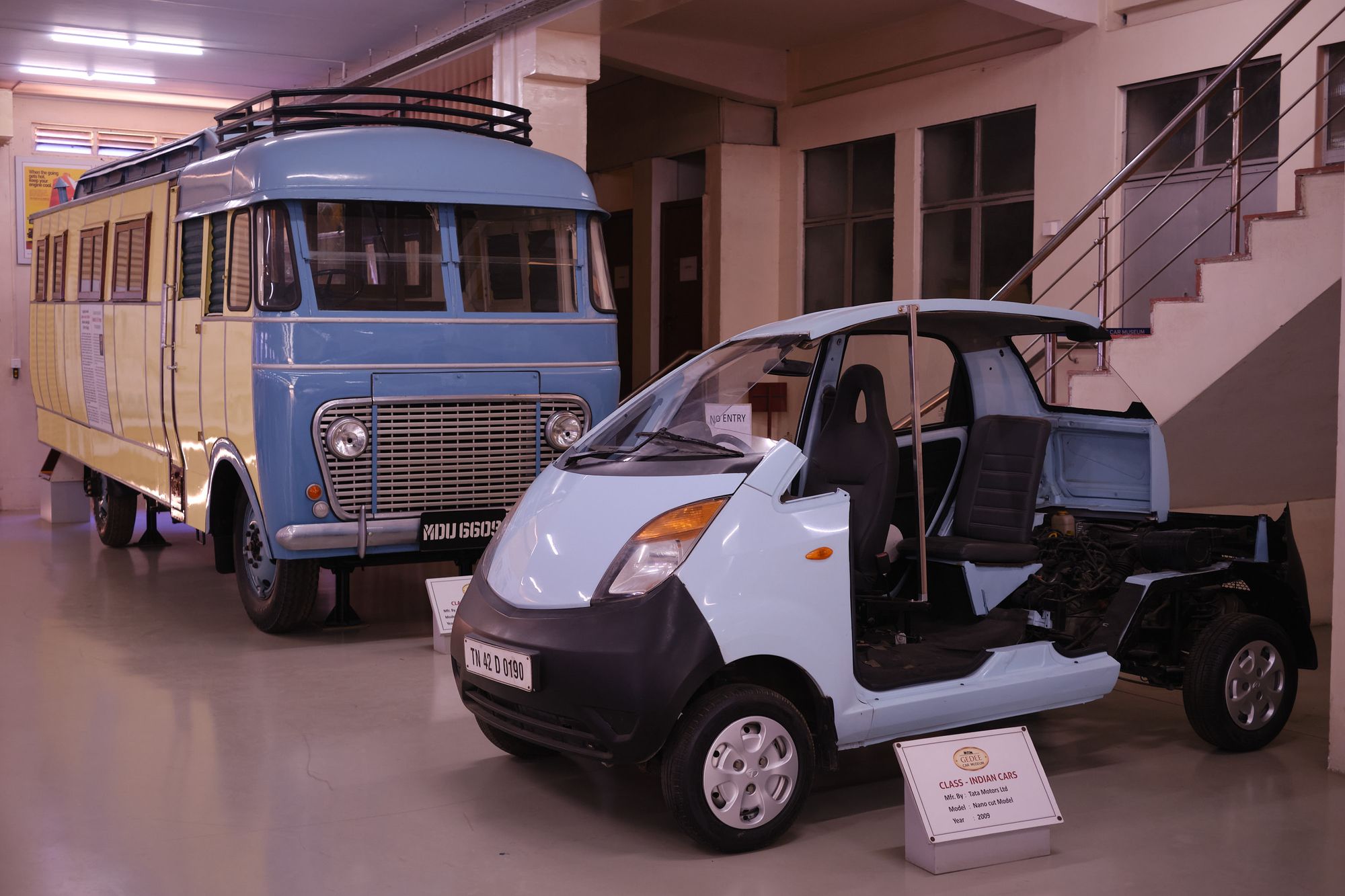
Thankfully, the country now has a handful of publications, museums, and even classic-car events which give a glimpse of the past. And Gedee Car Museum is no stranger to the past, with a wide variety of exhibits and many stories to tell—some of its own and some of its compatriots.
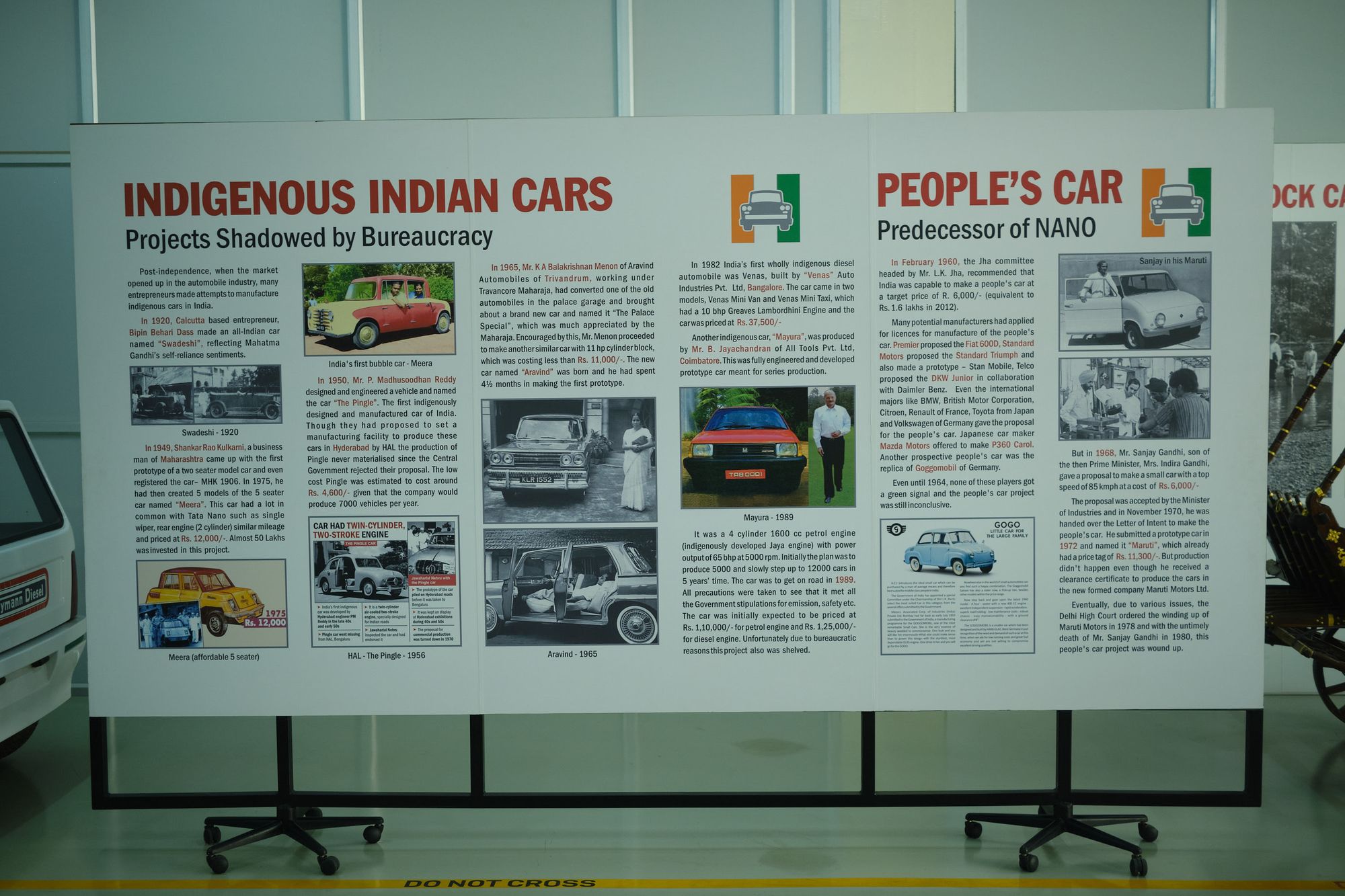
The newly inaugurated Indian section is a feather in their hats because witnessing its well-curated selection of Indian-made cars is akin to stepping into a multi-era multi-brand showroom. Of course, you can’t buy these cars anymore but it’s definitely more than a glimpse.
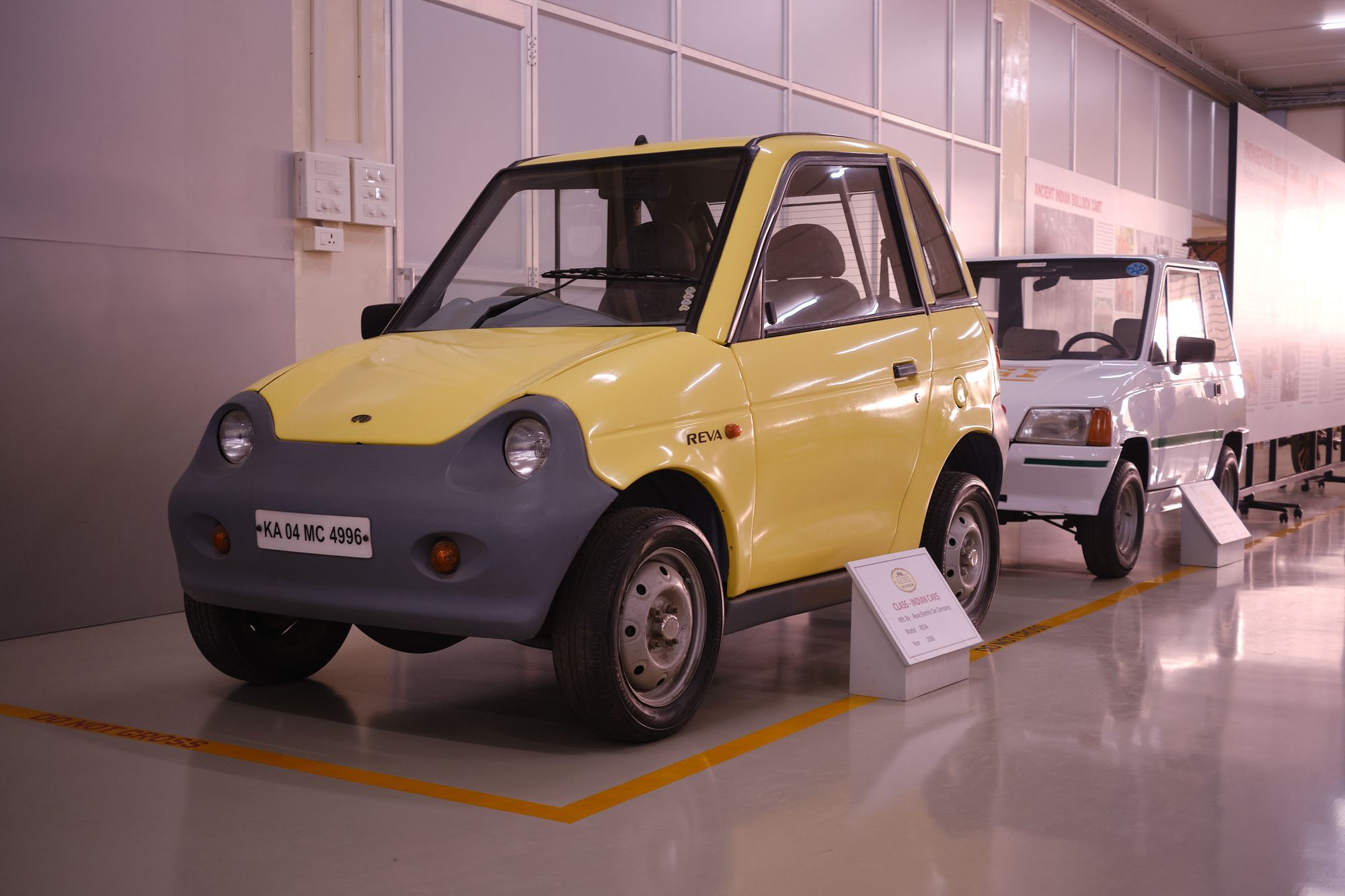
The recently refreshed museum complex is a sight to behold, and while all the existing cars still occupy the large part of one entire floor, as they did in the past, there have been some new inclusions here as well. But what intrigued me this time was the opportunity to check out the newly inaugurated Indian-orientated section. Open to public, this has a wide variety of cars from the most popular ones to even some rare gems.
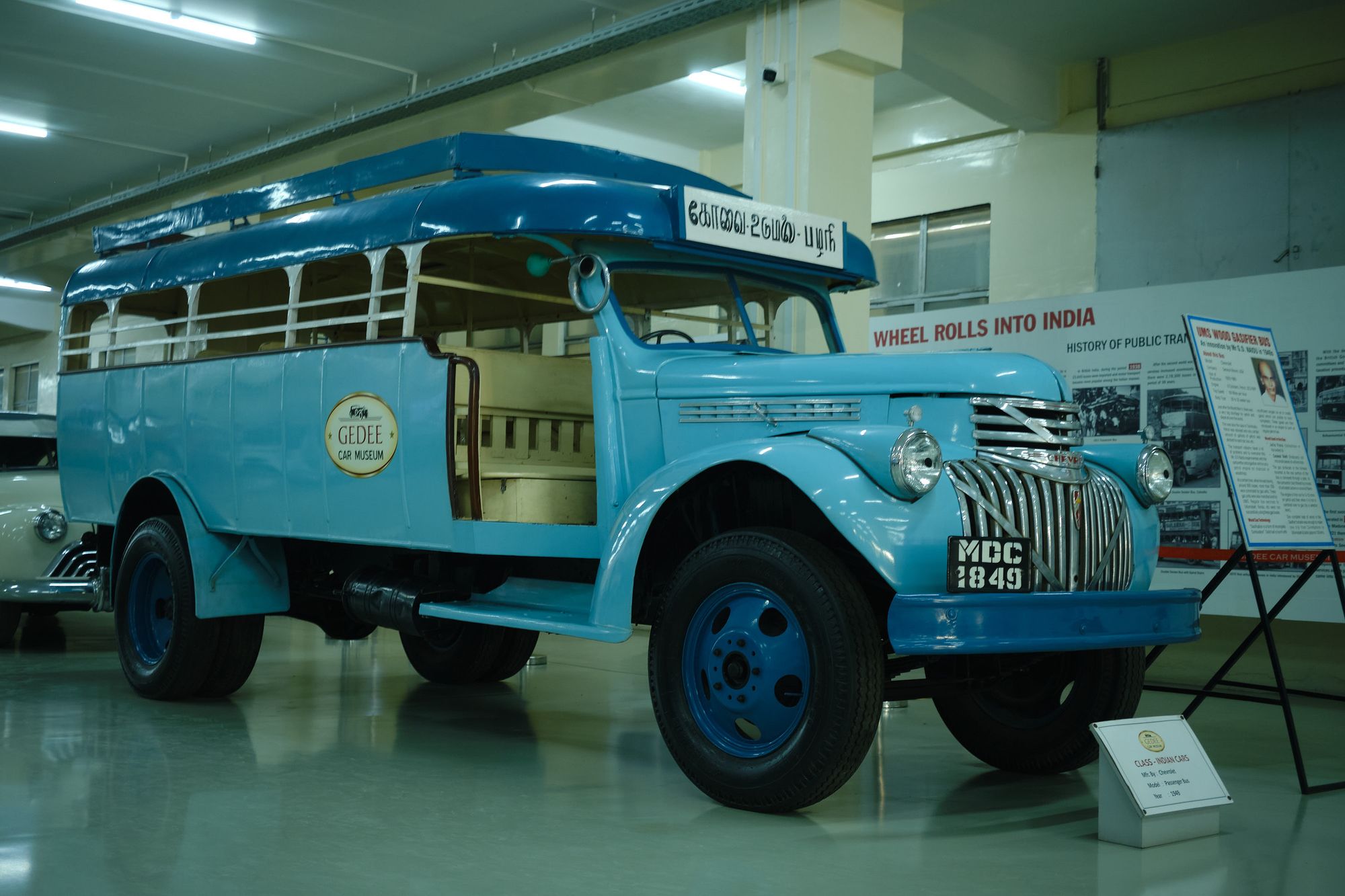
Before going further, I must also add that it is a continually expanding section, which, pretty much like the rest of the museum, will see many more exhibits in the near future. Some of these are already restored and ready to be displayed whereas some historically relevant motorsport machines, in their original glory, will find their way to a new section alongside some more exotic metal.
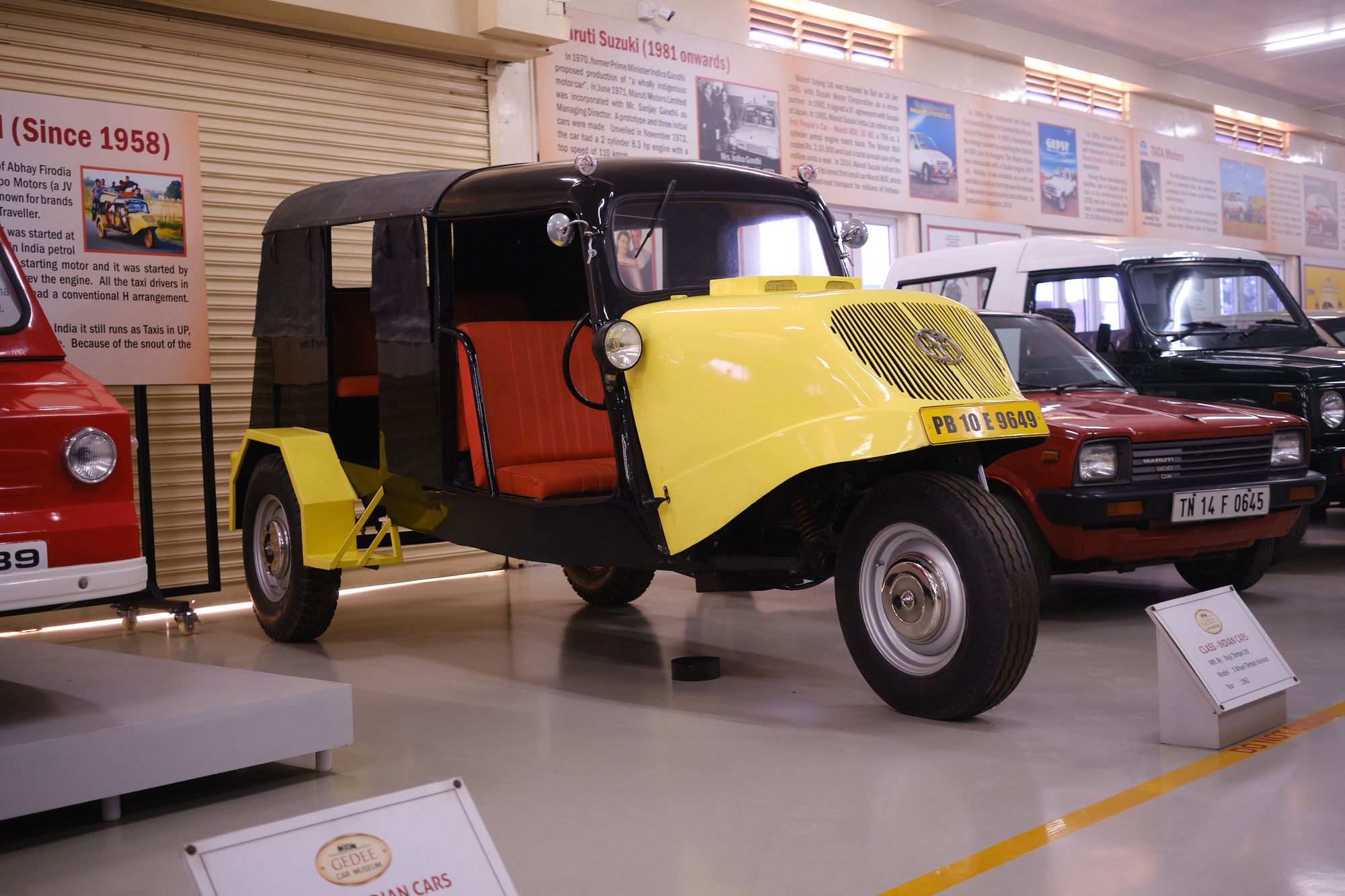
But that’s for the future; this time I’m here to step into the past. Following a flight of stairs from the existing automotive collection at the museum, one is greeted by the sight of a low-cost motoring solution proposed well before the arrival of the modern everyday hatchback.
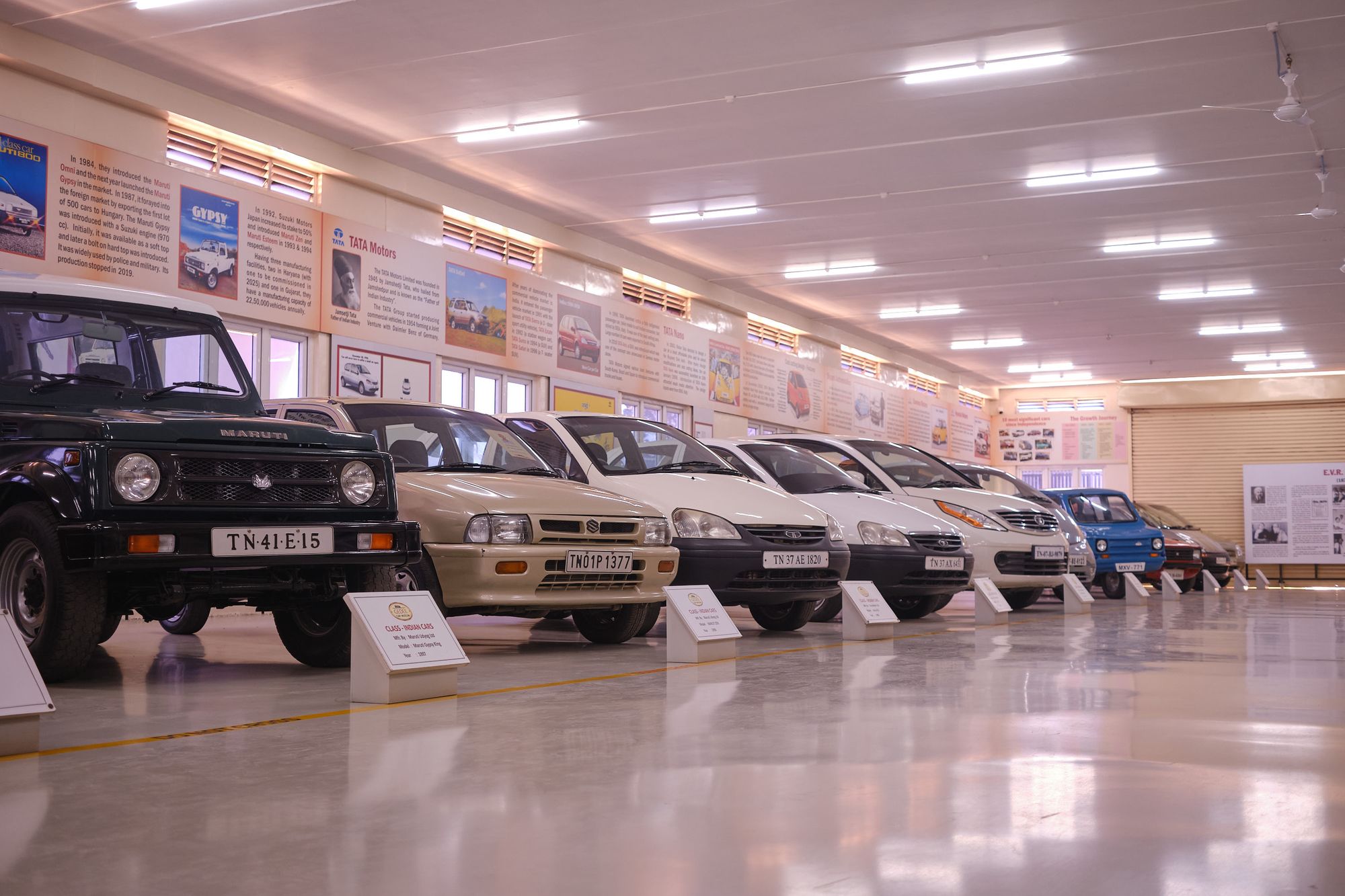
A rear-mounted engine would power its rear wheels and without a body or panels, it appeared not too dissimilar to a racing kart, albeit with more comfortable seats, larger wheels and a rudimentary frame. There’s even a few photos of Mr G D Naidu with the car. It’s said to have been made in the 1940s with a proposed price tag of just Rs 3,000. That dream didn’t materialise but right now, the car serves to showcase what UMS could achieve.
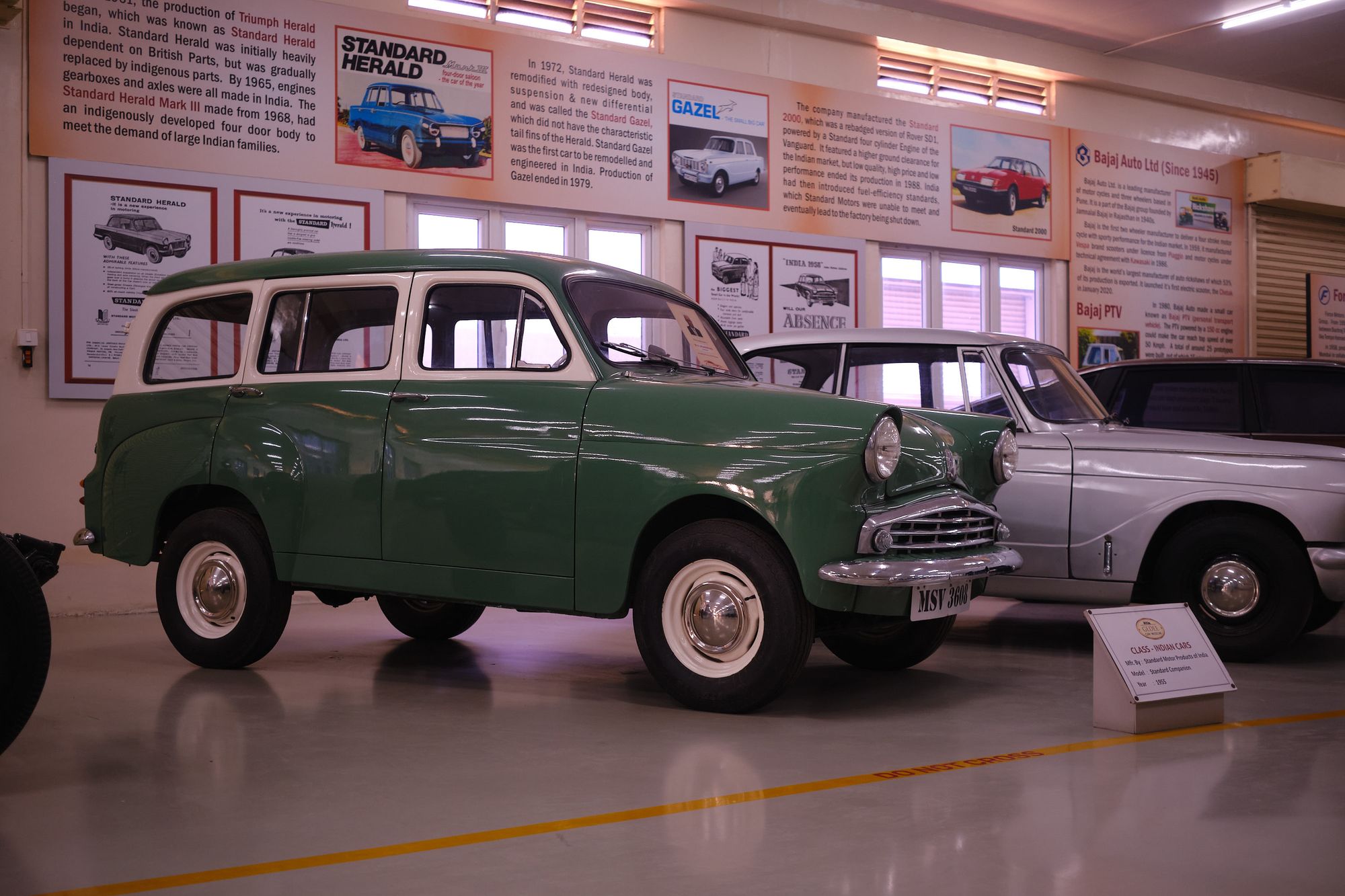
And United Motor Service, G D Naidu’s company, did achieve a lot. Apart from the advantage of having a visionary at the helm, what made UMS a pioneer in many fields was the unending desire to innovate, even after failures. So when the cotton business didn’t work out for Naidu, he set up a highly effective, punctual, and exceptionally scalable bus service.
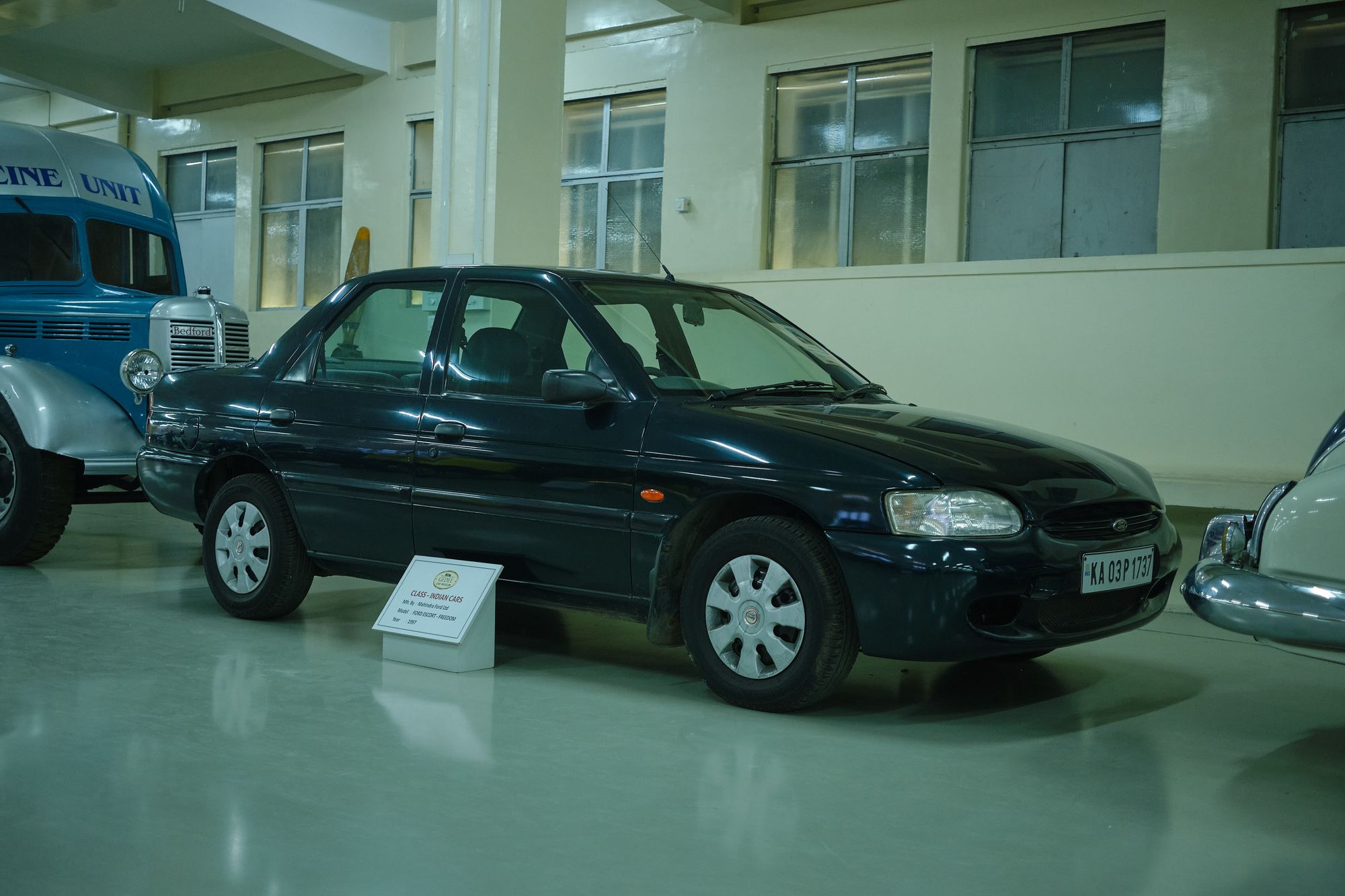
One bus that Naidu’s UMS ran now takes up prominent real estate in the Indian section of the Gedee Car Museum. A quick walk around the bus will be enough to tell you that it was no run-of-the-mill Chevrolet model. The 6-cylinder bus has a smartly developed alternative fuel system which could harness firewood as a source of fuel, effectively proving to be a hybrid, long before we had heard of the term.
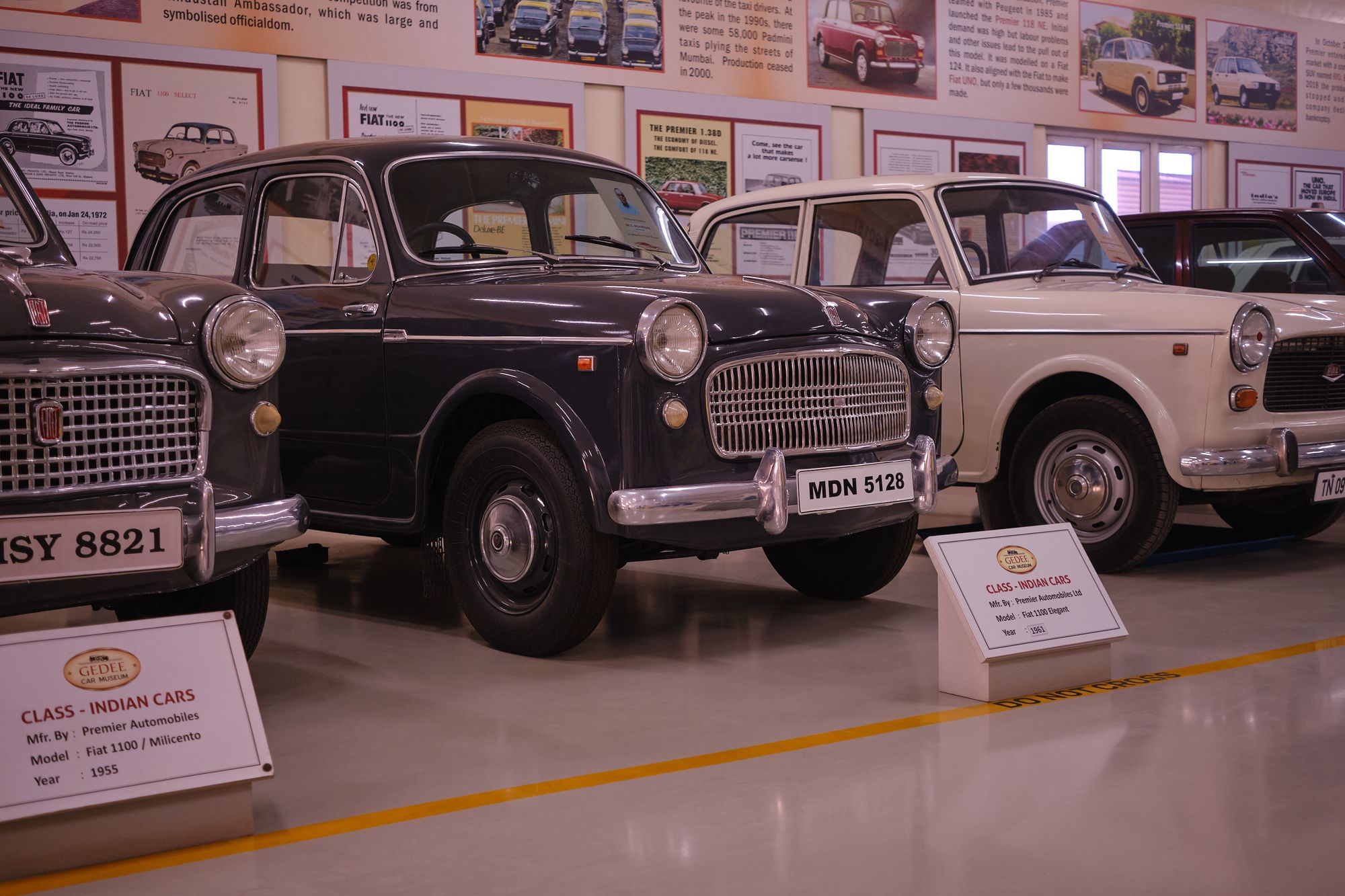
Right after that is a studio van, which a prominent film studio would use to edit on the move. Pretty neat and rare, no doubt. Although the next exhibit nearly about eclipses others, it’s a caravan that was used by the famous social activist E V Ramasamy 'Periyar' during campaigning.
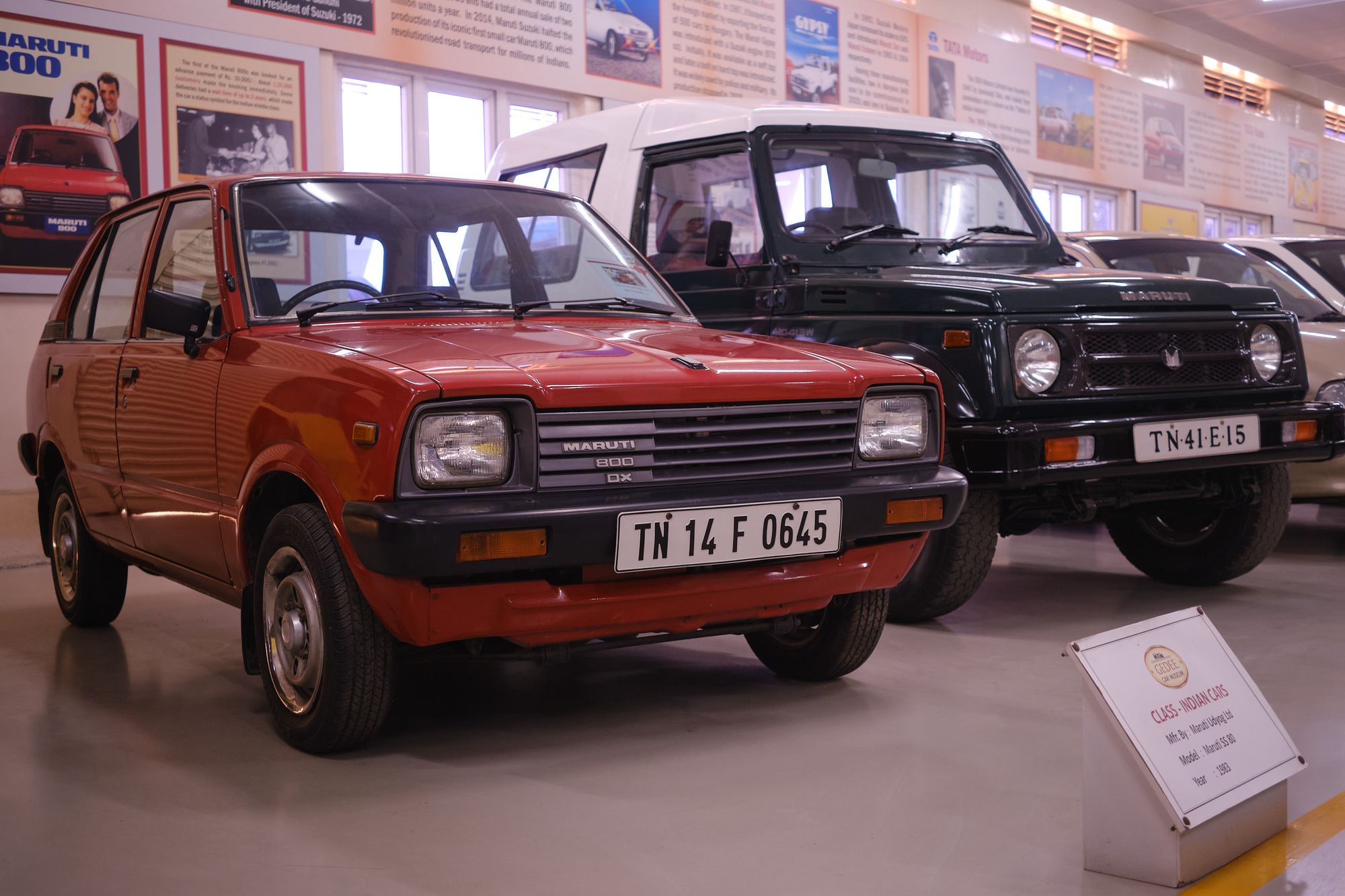
Gifted to him by a prominent actor, this caravan was based on a Chevrolet chassis, built in England, before being shipped to Chennai. The accompanying description—which can be found for every vehicle—mentions that it was Periyar himself who gifted the bus to G D Naidu.
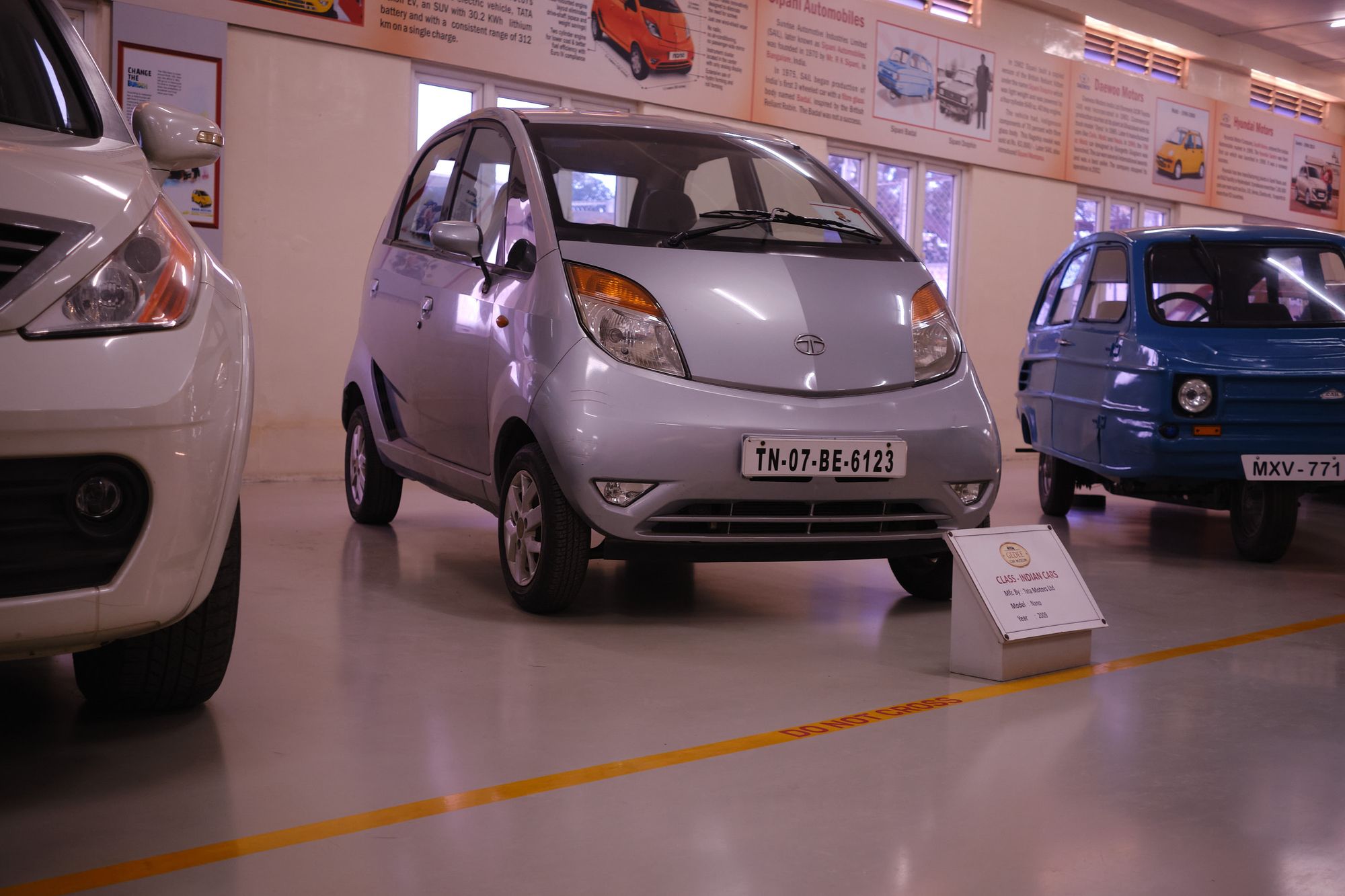
Similarly, the museum’s efforts to showcase the great legacy of G D Naidu has always been supported by patrons and friends. A testament to that is the wide range of cars that were gifted to the trust. One of these is a Tata Nano loaned to Gedee Car Museum by Dr V Sumantran, a prominent automotive industry veteran who served as the boss at Tata Motors in the early 2000s.
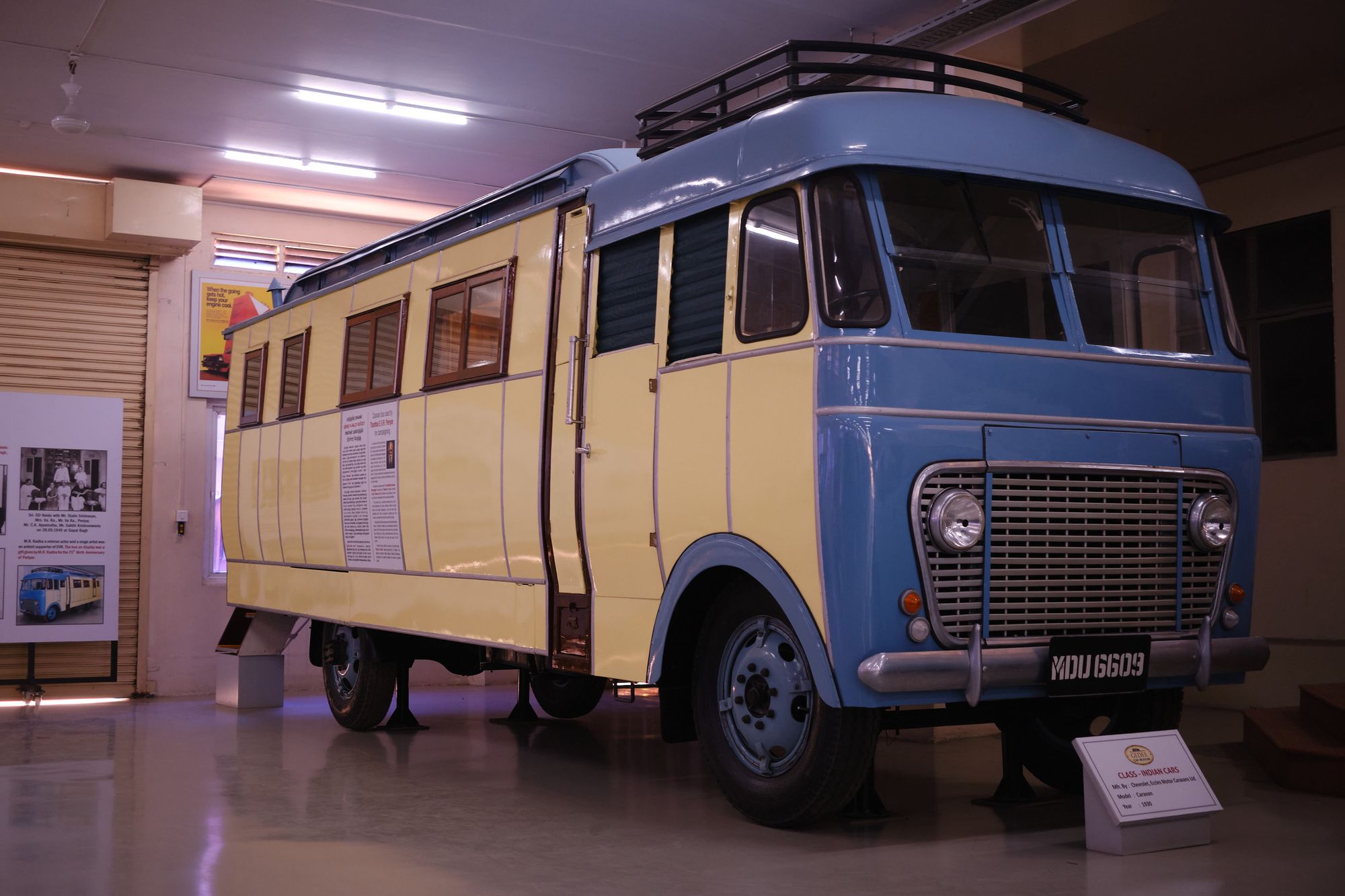
The Nano, as mentioned earlier, was a milestone product for the Indian automotive industry, and there are other standout products, too. Segregated brand-wise, at one end of the hall is Hindustan Motors, represented by the various licence-produced Morris and Vauxhall cars (the Ambassador and Contessa), followed by PAL whose contribution went way beyond the Padmini and you can also see the Fiat Uno, a Peugeot 309, and even a gargantuan by comparison, Plymouth Savoy. There’s also Standard, Tata, a special-edition Ford Escort, Toyota Qualis, and even the brilliant but short-lived Eicher Multix from the mid-2010s.
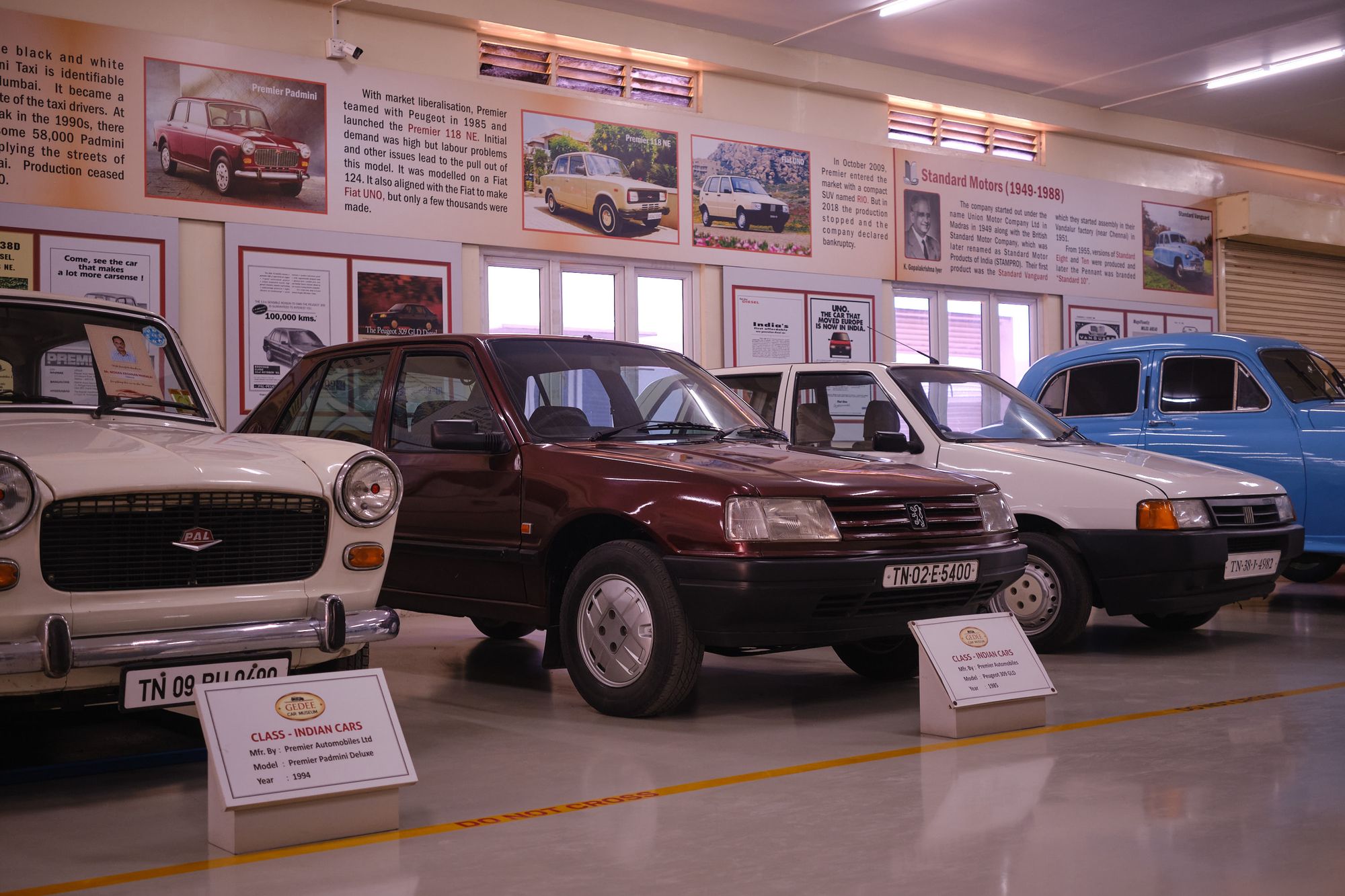
The list of cars doesn’t end there either. Italdesign’s Cinquecento replacement (albeit with a different badge), the Daewoo Matiz, is joined by Hyundai’s best-selling Santro, a Maruti 800 (SS80 in the rare DX guise), a Zen, etc. In the corner is a cute Reva, what was essentially India’s first mass-produced and very successful EV.
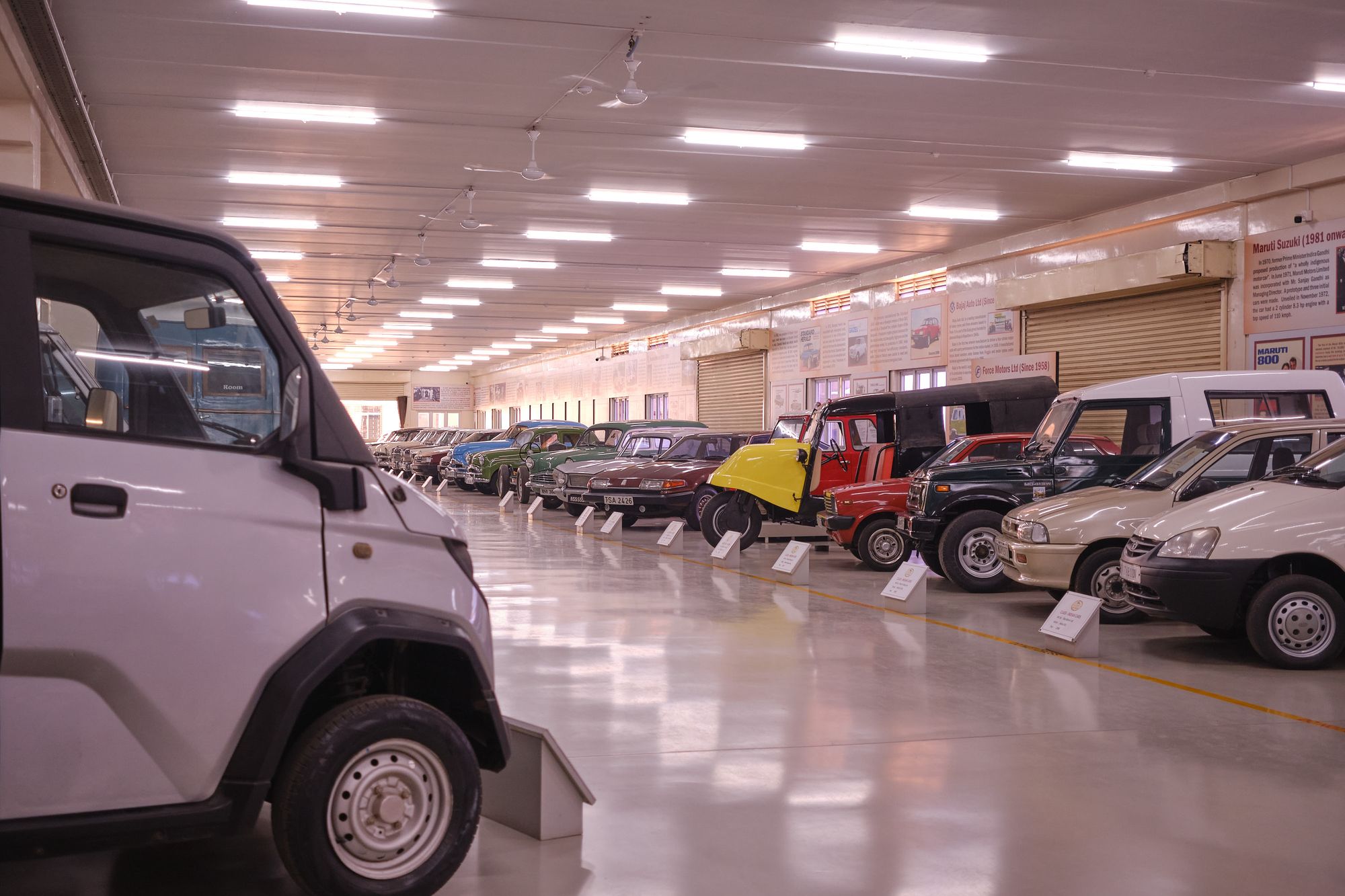
The experimental Farymann Diesel powered is parked right behind the Reva, almost as if the duo represents a parallel universe where SUVs hadn’t taken over, and we were happily driving around in hatchbacks—some electric and some diesel-engined.
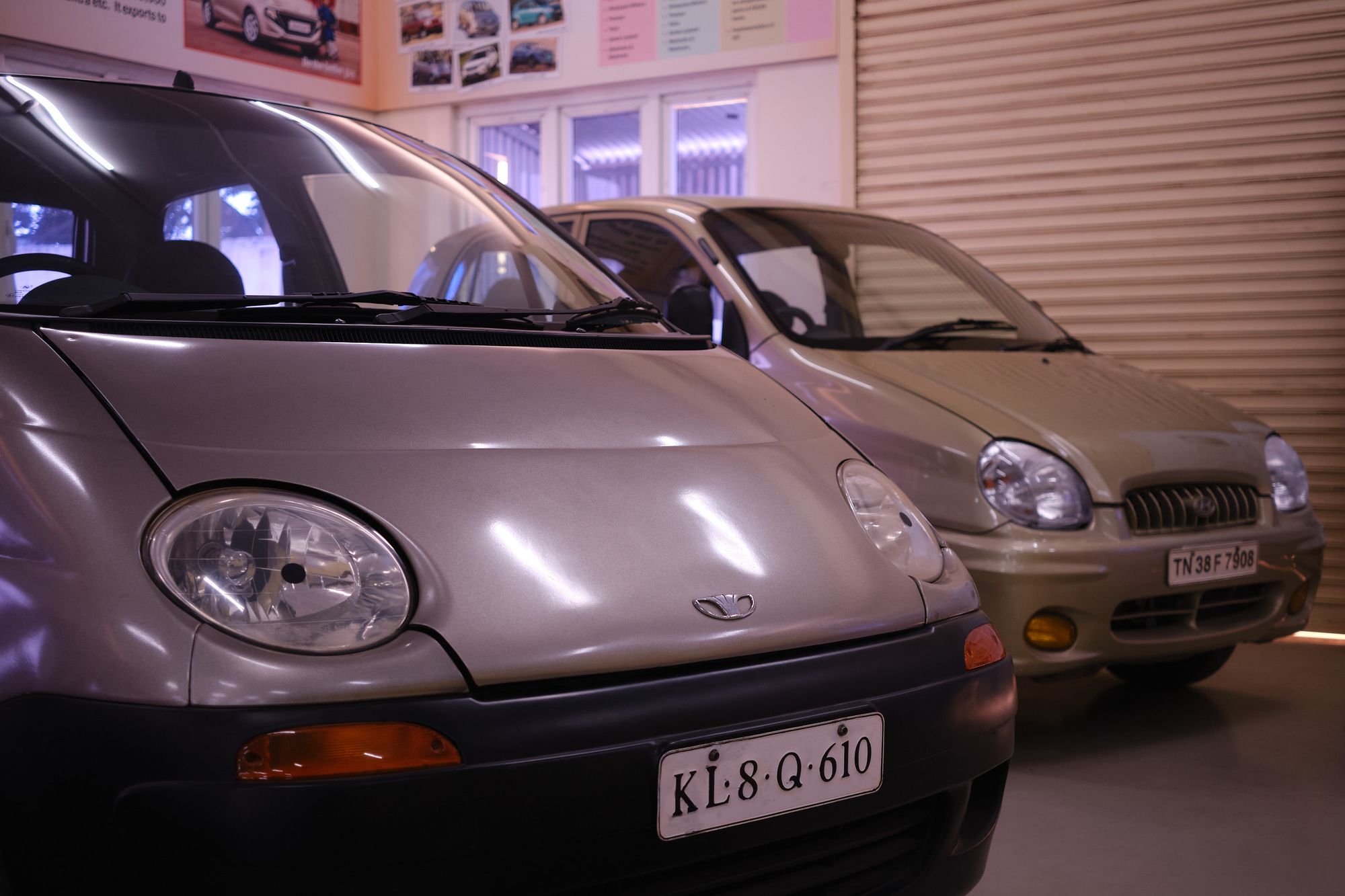
And some of those hatchbacks could also be Indian-made Reliants or for days when taking out a full-size car wasn’t necessary, a personal mobility solution like the never-launched Bajaj PTV would have been ideal, don’t you think?
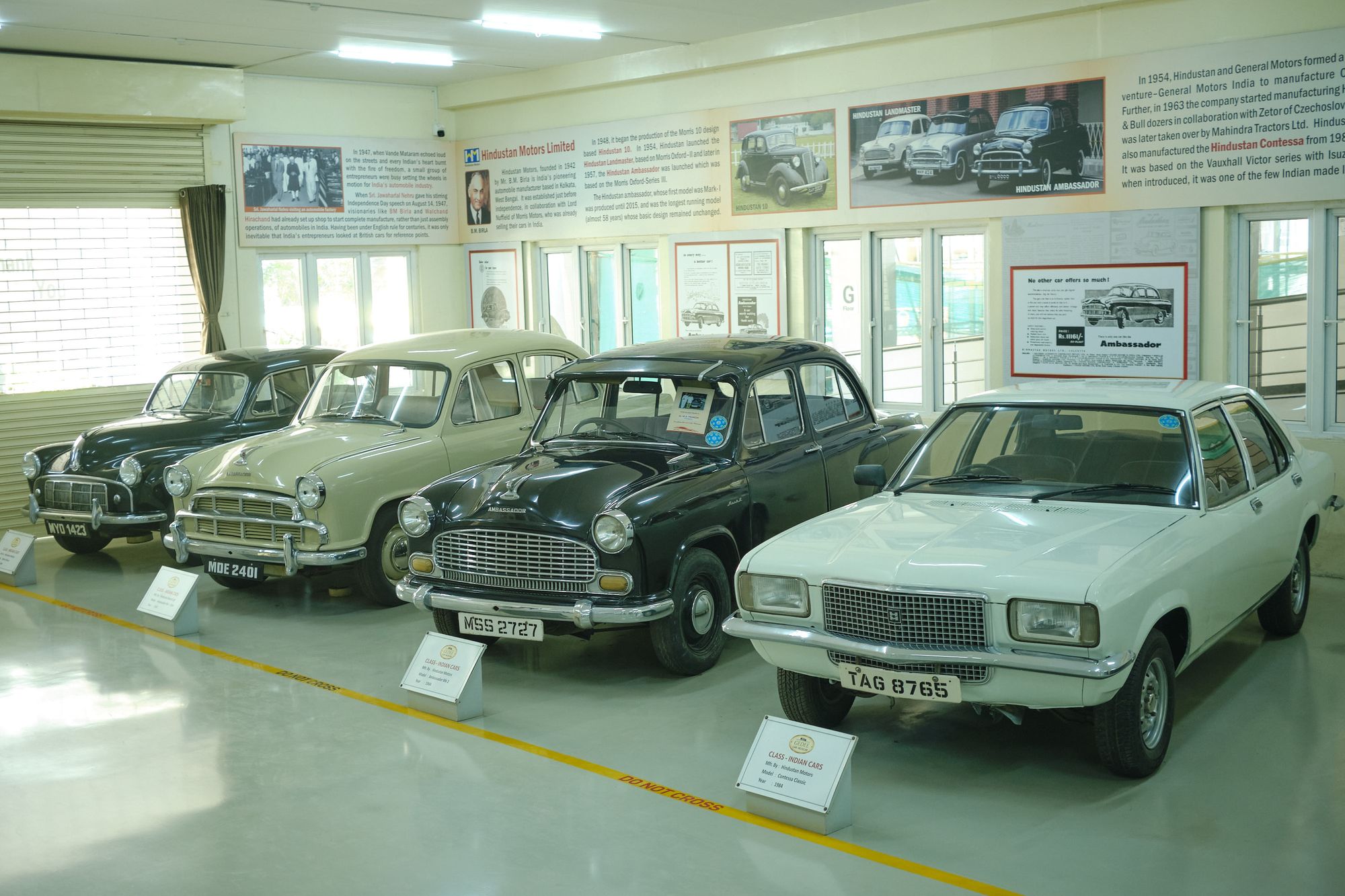
Like I said a few paragraphs ago, there’s a lot in store for the motoring enthusiast at Gedee Car Museum. And the Indian section is just an indication of things to come. It’s well-curated but can definitely get in some more cars and brands, to give a better picture of the Indian car scene from the past.
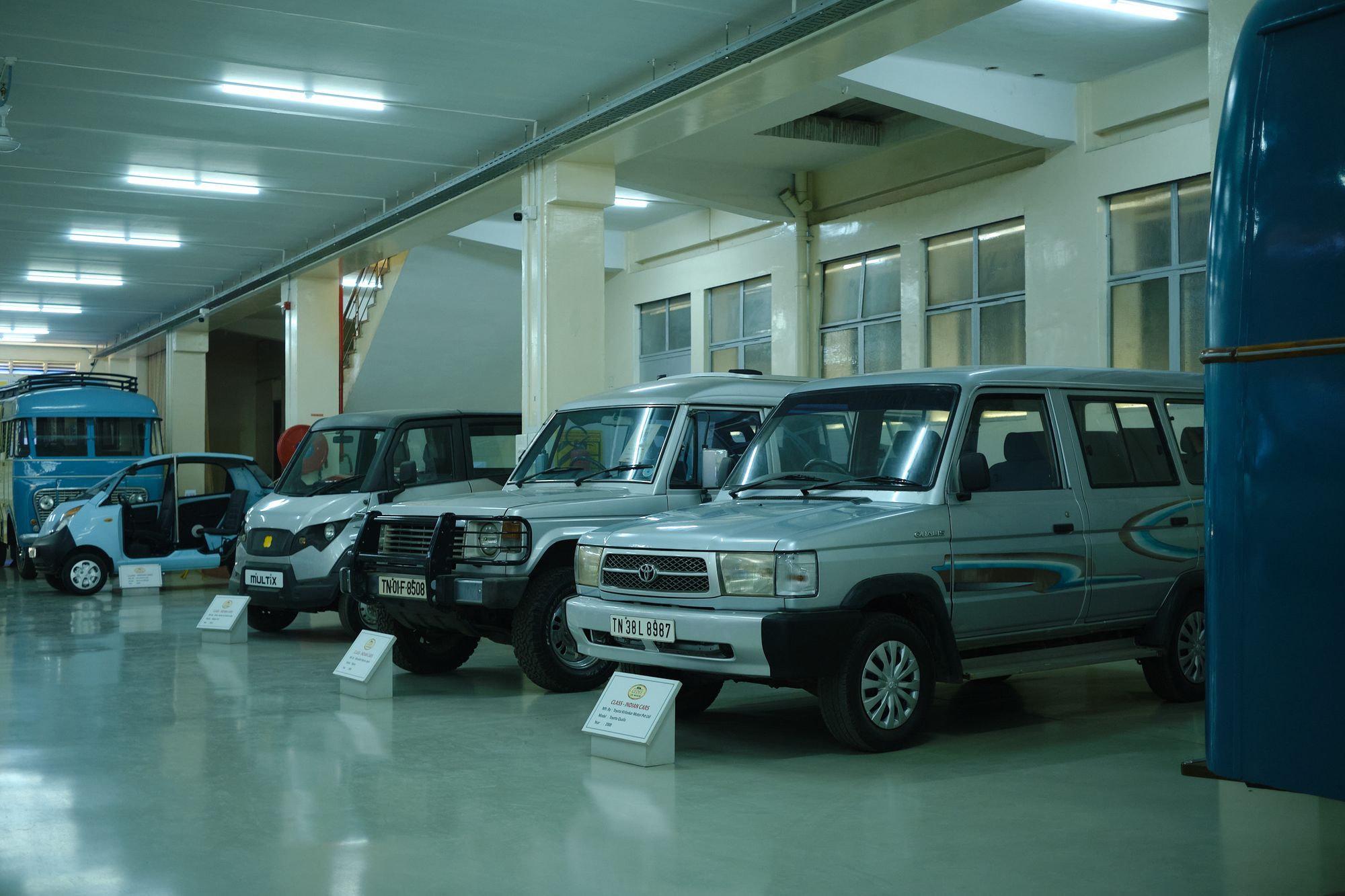
Having said that, even with the current collection, a trip to the museum won’t go amiss if you’re a car fan and want to learn a thing or two about the Indian market from a few decades ago, or just want to relive the good old days.
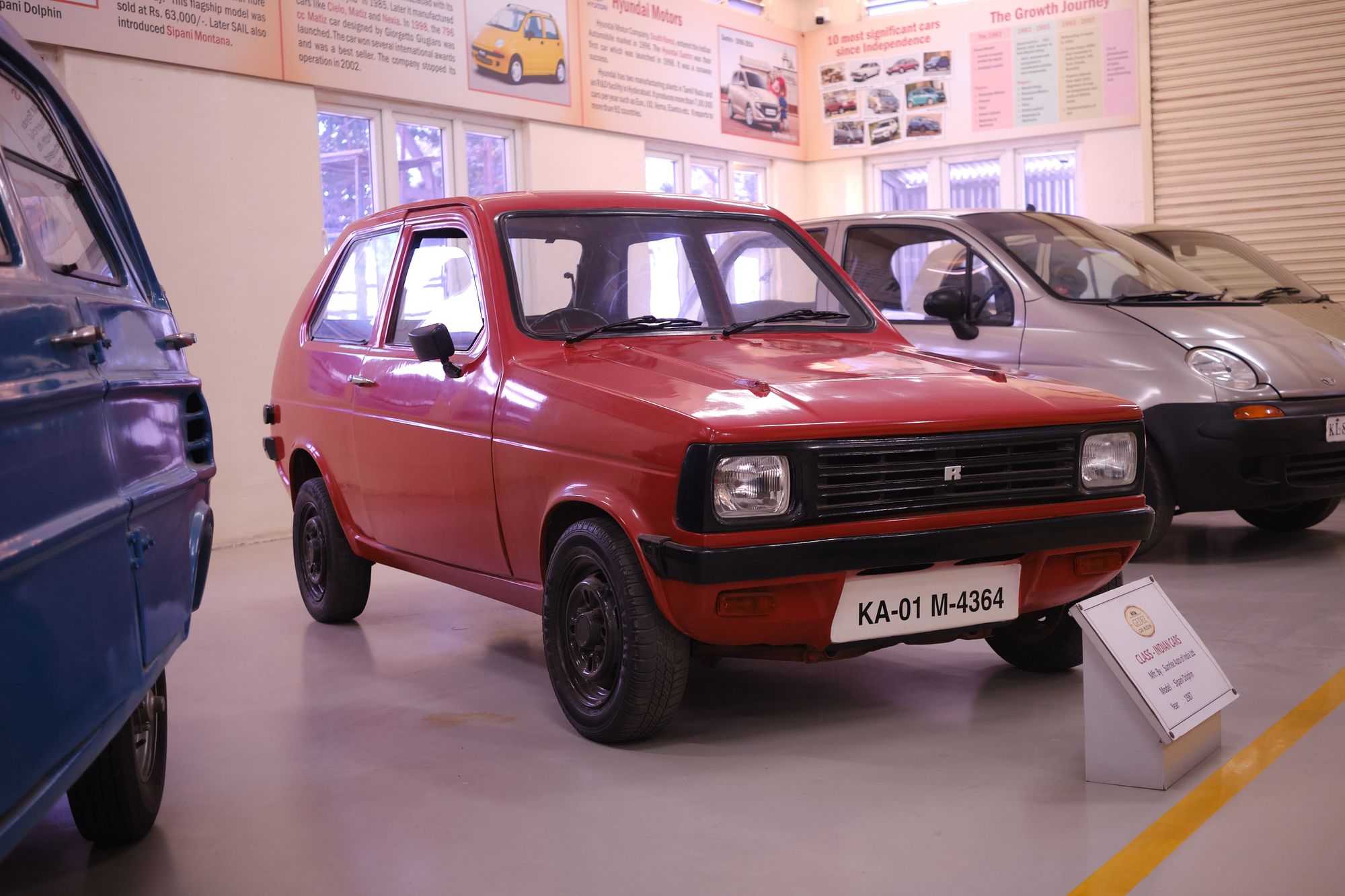
Comments
Sign in or become a deRivaz & Ives member to join the conversation.
Just enter your email below to get a log in link.

